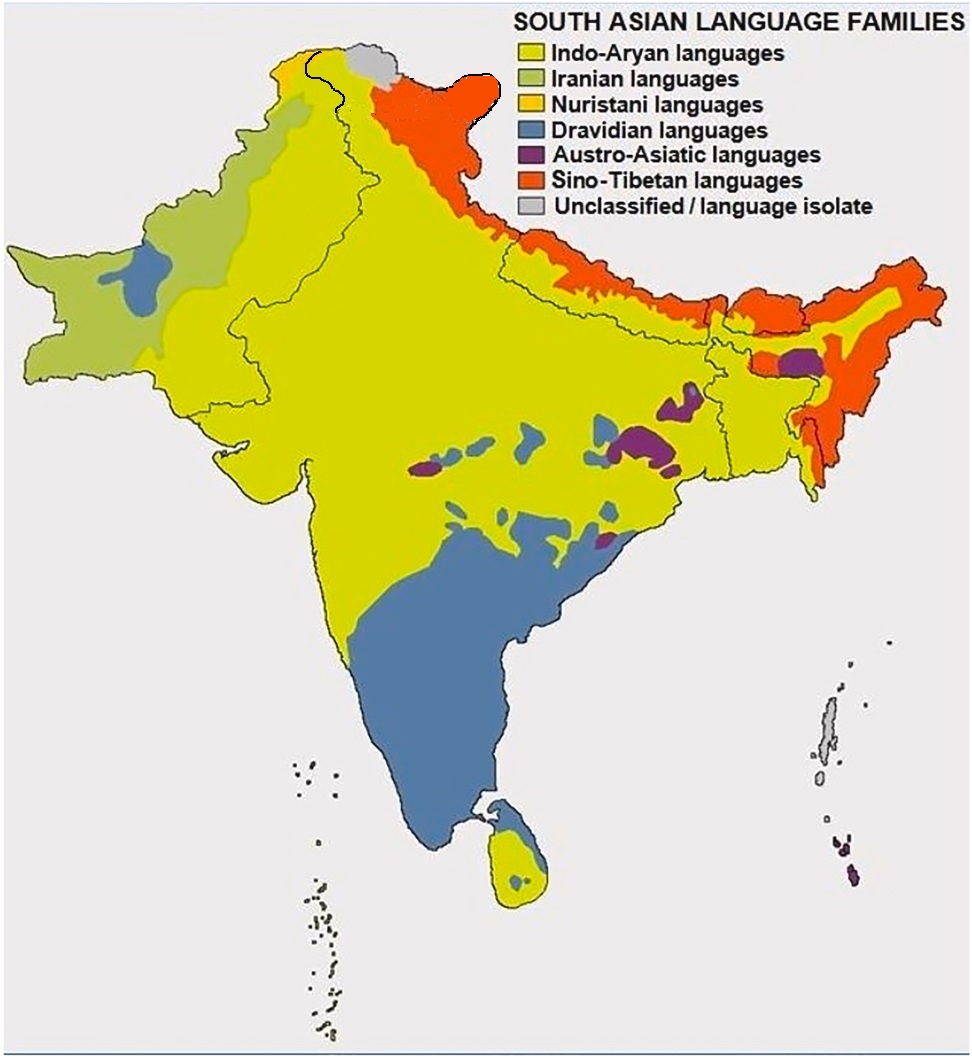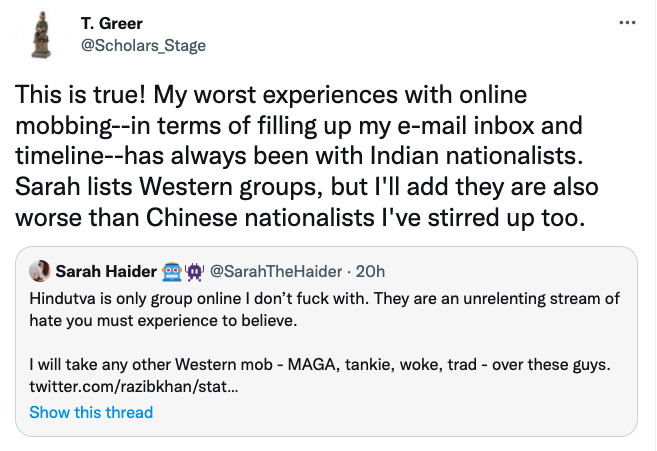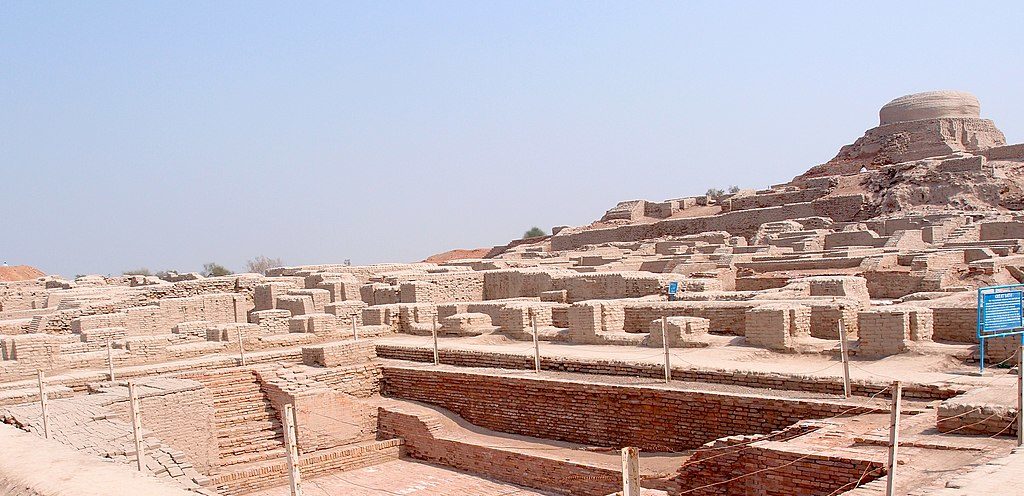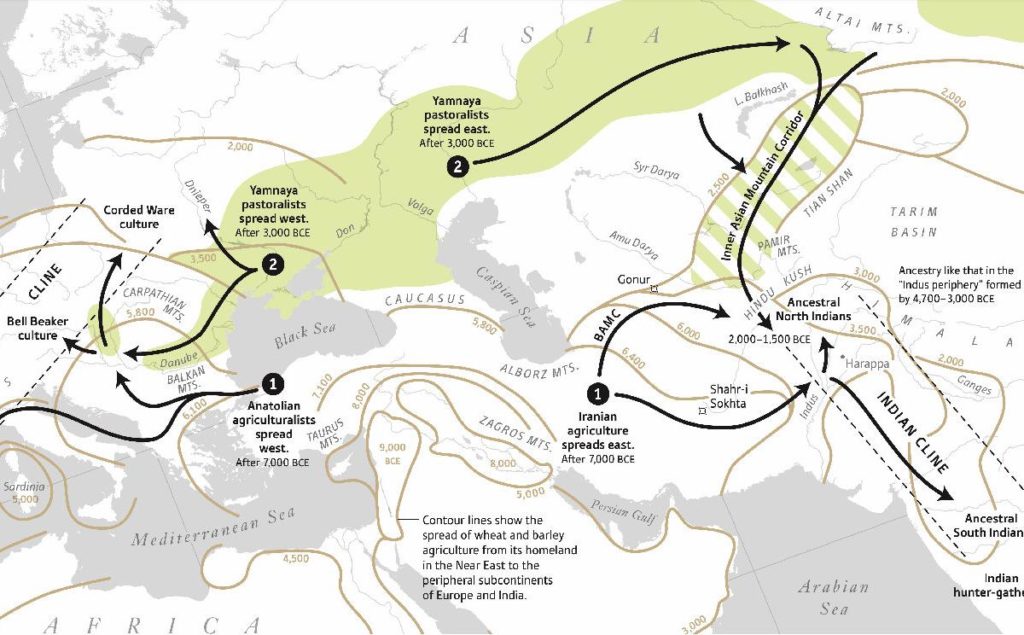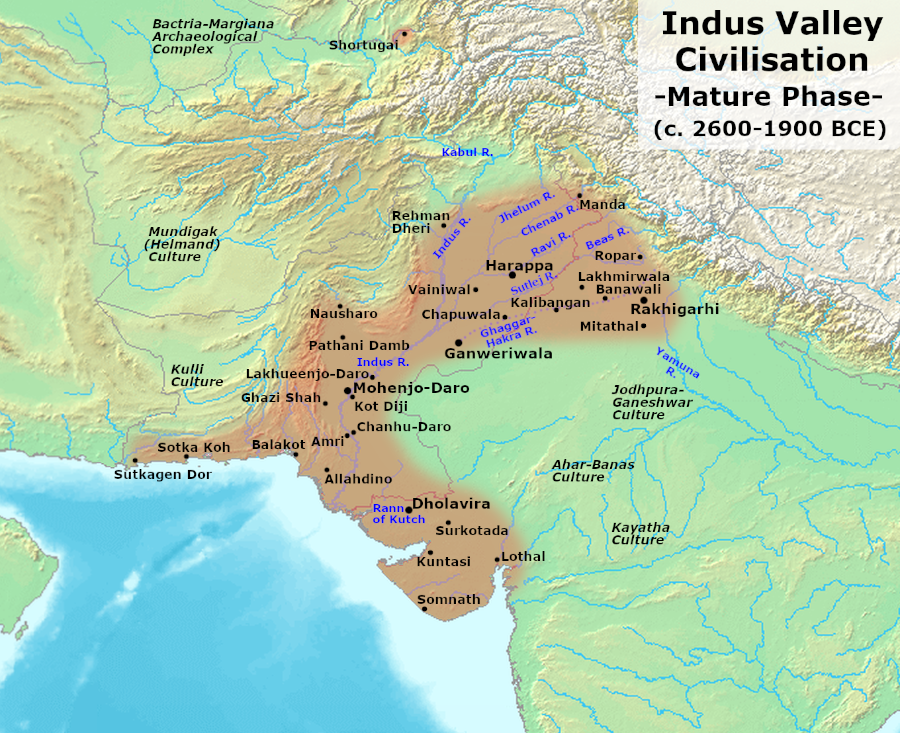
This blog post may serve as episode nodes for some points discussed in episode 3 of the History podcast- All about IVC.
Origins of early Harappan urbanization and further integration:
We know from Mesopotamia that civilization over there did not arise in the agriculture-friendly geographies which had basic irrigation in the fertile crescent but it rose in the deep marshy south around Eridu (Ubaid period). We can think of similar models to explain the emergence of Harrapan urbanization.
Sarasvati was an active glacier-fed river in the Pleistocene (pre 10000BCE) and not the Holocene(post 10000 BCE). Fluvial landscapes of the Harappan civilization suggest a slight decline in monsoons by 3000BCE (Piora oscillation?) before the accelerated decline after the 4.2 kiloyear event. Hence it seems unlikely that the period of integration was aided by to conducive climate – rather as in the case of South Mesopotamia, it seems to be a response to the vagaries of climate, especially in the non-glacial-fed Sarasvati channel.
Social Structures in IVC:
The article Killing the priest-king addresses some of the issues with visible social structures (or lack thereof) in the IVC. The kinship/occupation-based heterarchy is a cool model to explain some of the things we witness in IVC. Also, a model like the Gana-Sanghas (Proto Kshatriya republics) known from the eastern Mahajanapadas around 600 BCE seems to be a good model to explain the lack of centralized authority. Given what we know about the existence of efficient trade-in IVC, a trade oligarchy of merchant guilds would also fit the model.
Anthropologist Irawati Karve in her book “Hindu society” was one of the earliest to claim that the Jati system was a pre-Aryan reality upon which the abstraction of the Aryan Varna system was imposed. The hundreds of excavated IVC villages point to sophisticated trade/occupational specialization. If both the sexes work in their ancestral trades per se, it would naturally result in tribal endogamy as it makes occupational sense. Maybe we can also entertain the idea of some sort of Jati-Kinship-based social structure in IVC. I have explored this issue in more detail in the following blogpost – Early Hinduism — the epic stratification
Mechanisms of Indo-Aryan spread out of Sintasta and the Mitanni:
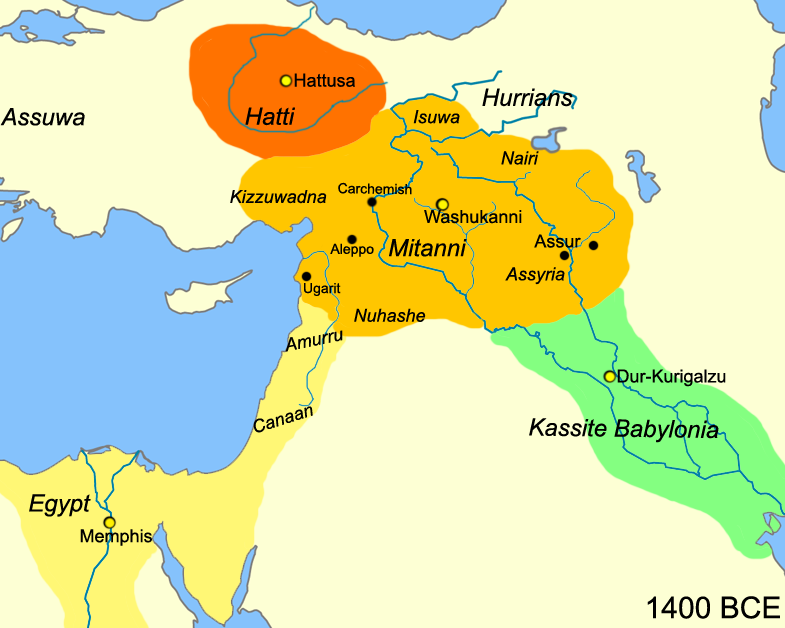
We know both from genetics and linguistics that the impact of proto-Indo-Aryans on Anatolia during the centuries of Mitanni dominance is extremely limited (thought superstrate is preserved). So if Indo-Aryan “Maryannu” elites could impose themselves on complex Anatolian civilizations, it is also very reasonable to extrapolate that such warriors could impose themselves on the BMAC or the remnants of collapsed IVC. A good proxy could be the later Indo Iranian – “Sakas” who were treated as mercenaries and warriors by the kingdoms of Central Asia, Iran, after 400 BCE.
Chapter 16 of Anthony’s – Horse, the wheel, and the language compiles a sound foundation (of trade, warrior bands, and kingdoms) for which such models make sense.
Agriculture and the AASI:
Shinde et al 2019 made it clear that agriculture developed in the Indus valley without demographic impact from the west (in the Holocene). However, the Neolithic tool kit from IVC is clearly derived from the Fertile Crescent tool kit with substantial local supplements like Zebu domestication, rice, cotton, and legume cultivation (possibly local domestication of barley ?).
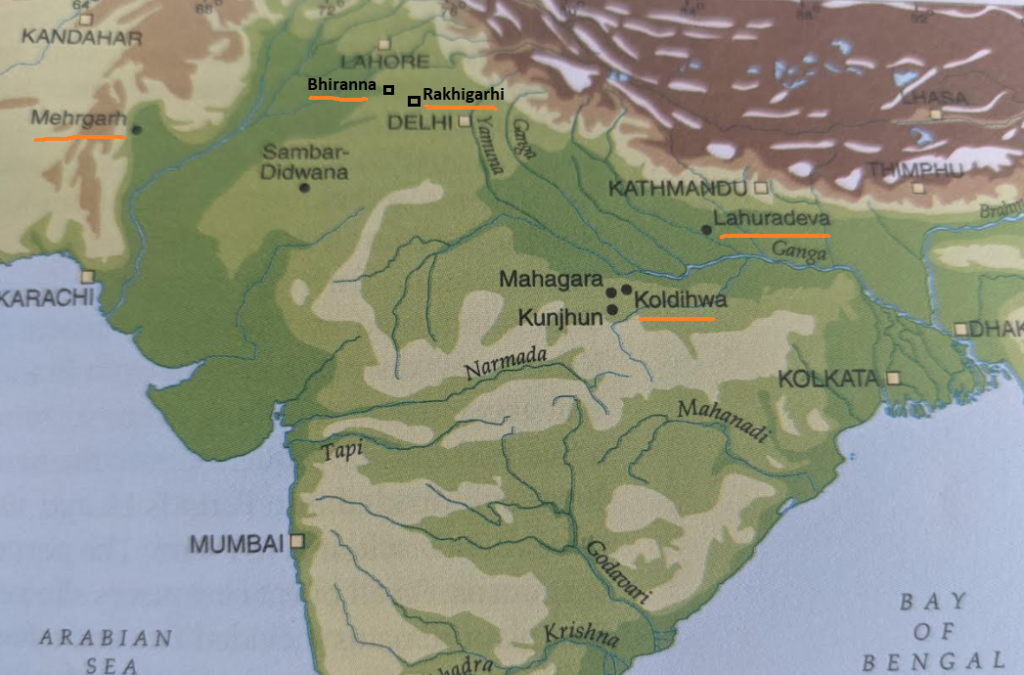
Given that rice was cultivated in IVC and the earliest rice cultivation (date is still contested) is from Lahuradeva and Koldihwa in Uttar Pradesh, it is reasonable to assume agriculture also began somewhere in the east and expanded westward potentially meeting with Agricultural expansions from Mehrgarh->Bhiranna. Also recent findings in Bhirrana that point to earlier cultivation (yet contested) than Mehrgarh. In essence, the simplistic model of Agriculture beginning in Mehrgarh and leading onto IVC can be questioned.
Another circumstantial evidence that points to such dynamics is the mixing ratios of Indus periphery-related ancestry and AASI in IVC (6:1 to 3:2) as well as the overall high proportion of AASI in the country. It is fair to say that after Indus periphery-related ancestry, the AHG related ancestry is the second contributor to Indians broadly. Broadly in recent discussions about genetics, the AASI are considered as “hunter-gatherers”. In my opinion, this claim is highly unsubstantiated. In general, we know from Europe that when farmers mix with Hunter gathers, the farmer’s ancestry tends to dominate overwhelmingly (though it did make some come back centuries later). That doesn’t seem to be the case in India (if we assume AASI are hunter-gathers). Thus it is fair to assume that these eastern sites were initially settled primarily by the AASI and they had developed some form of cultivation in those regions (maybe cut and dash agriculture). But unless we get some ancient DNA from the east, it’s speculative at the best.
Also, the proxy ASI – which consisted of the majority AASI may be attested in the Neolithic sites from Deccan around 3rd-4th millennium BCE onwards in agro-pastoral cultures of the south (Ash mound culture, etc). Of course, before Iron Age, most of the country outside the Indo Gangetic plain would not have supported high population densities or complex societies but implying that these communities were “Hunter-gatherers” as done regularly in these topics is unsubstantiated in absence of evidence.
The religion of IVC:
Among academia, there is a tendency to dismiss attempts to link motifs of IVC to Vedic culture. Asko Parpola and Mahadevan have written extensively about it, but their work tends to be dismissed by Indologists like Michael Witzel and co. Though I am an admirer of Witzel’s methods on Vedic texts in general I do not agree with his dismissals of these works. While these works are highly speculative, they are not unfounded IMO.
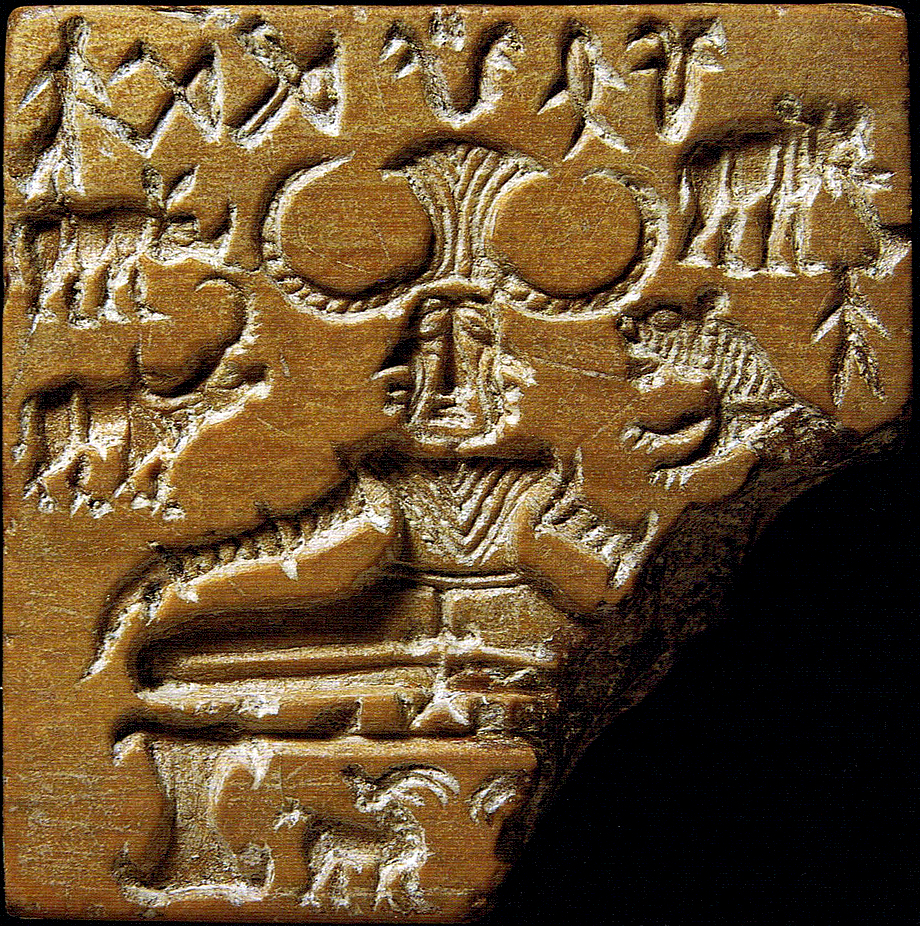
Professor Dandekar of BORI had written extensively about this. In his essay titled “Proto-Historic Hinduism”, Dandekar makes many claims about Harrapan origins of Shiva. While as some scholars have pointed out, Shiva is clearly a form of Vedic Rudra who has many Indo-European parallels. However, this doesn’t mean that there isn’t any Harappan projection on classical Hindu Shiva. Of the various claims made by Prof Dandekar, the one about Shiva’s ithyphallic nature which matches with the seal cannot be dismissed easily. The Gundesrup cauldron and other parallels are drawn to dismiss linking the Pasupati seal with Shiva are irrelevant as the claim isn’t that the figure denoted in Pasupati seat led exclusively classical Hindu Shiva, but that it may have contributed certain aspects which differentiate Rudra from Shiva.
Anyways but this topic is extremely speculative and any claims about religions at IVC are tenuous at best.
